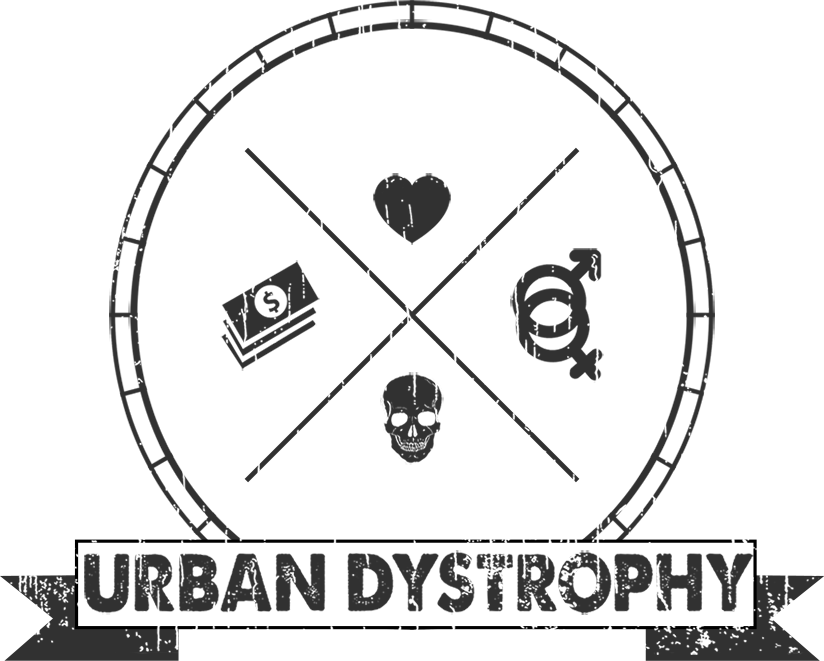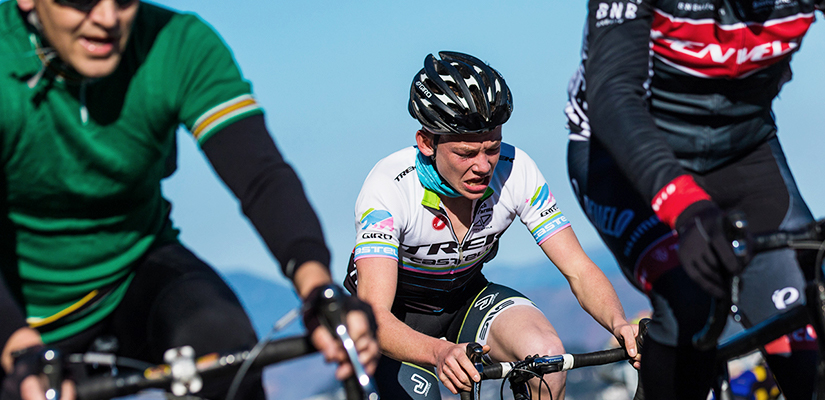Thankfully, I lived to tell the tale.
The following is a true story and the world I describe is an accurate portrayal of addiction in motion.
~~~
While not a standalone DSM-5 disorder, exercise dependence is closely associated with individuals who struggle with eating disorders, for example.
Many use exercise as a way to compensate for binge eating (bulimia nervosa) by tacking on extra activity to compensate for all the empty calories. It’s not like they’re gorging themselves on chicken breasts and broccoli for God’s sake.
Those with anorexia [extreme caloric limitation] use exercise in a compulsive way to control their weight.
Medical complications from exercise dependence are legion: Cardiovascular events like heart attacks and strokes, absence of menstration, stress fractures, osteoporosis and other overuse injuries.
While some don’t suffering clinical eating disorders, they may still engage in compulsive exercise, spending excessive time engaged in physical activity in the name of health – or to ward off uncomfortable feelings – clinical depression high up on the list of usual suspects.
Typically, these individuals feel guilty when they miss a workout and experience signs of withdrawal, like irritability, anxiety, or depression when their exercise schedules are compromised.
In my world [successful middle-aged urban men], this is considered normal and healthy.
I’m joking of course.
The following are the most common signatures of exercise addiction among older men:
1] If I don’t work out all the time I’m going to fall apart like everyone else my age.
2] If I skip a day, I feel like crap…both physically and psychologically.
3] Though I’m in denial, existential pain is a bitch, and working out 5 hours a day is healthier than heroin.
4] I want people to be proud of me, respect me, give me something I can no longer find within myself, like youth.
5] My marriage is falling apart. What do you expect?
6] I may be gay after all…at 40 or 50 or 60 or 70…
7] When people ask me why I’m always at the gym, I tell them “what else do I have to do?” In addiction-speak: My world is devoid of balance.
Okay, you get the point.
So which exercises are most closely associated with addiction?
ANYTHING INVOLVING EXTREME ENDURANCE, LIKE LONG-DISTANCE RUNNING, SWIMMING AND CYCLING.
As everyone in their right mind knows, strength training in combination with flexibility work, cardiovascular conditioning for no more than an hour at a time, combined with a weekly recovery schedule is the healthy way forward for all aging athletes, not 10k runs in 90 degree heat…week after week after week.
And people wonder why most top athletes drop out of Hell Week of SEAL training – and these people are already top athletes in their early 20’s.
I know. Reality is a bitch.
~~~
I used to be one of those people, training 3 hours a day, 7 days a week, and nothing whatsoever to talk about but diet and exercise.
We tend to feed the addiction through camaraderie with other addicts.
In psych circles it’s known as codependency.
But whatever you call it, my little party was about to end.
One week after my 49th birthday, I awoke from a fitful night’s sleep with a raging fever of 102 with extreme inflammation from head to toe.
I knew right away that Tylenol wasn’t going to cut whatever this was, so I dragged myself to a nearby emergency room where I was diagnosed with Rhabdomyolysis [extreme muscle tissue breakdown that results in the release of a protein (myoglobin) into the blood], which can and will damage the kidneys if not contained.
Fortunately for me, I caught it just in time.
After I was stabilized, my personal physician and I had a heart to heart. he told me in no uncertain terms that I had to stay out of the gym for 30 days, get a personal trainer…and, if necessary, see a psychiatrist before it was too late.
I didn’t ask him to elaborate. I didn’t need to.
After a couple of weeks, the inflammation began to subside, but now depression took it’s place.
I felt like I was climbing out of my skin.
In drug addiction parlance, it’s referred to as the DT’s [drug withdrawal tremors].
While the actual symptoms are different, the downward spiral isn’t.
~~~
When I started with my trainer, the first lesson I had to learn was moderation.
This didn’t mean that my training wouldn’t be tough, but that it would take into account every aspect of what it means to be human.
1] I’m no longer 21.
2] Recovery is a critical component of performance.
3] A balanced life is a life well lived.
4] I will never be perfect, nor will anyone else.
5] Life gives and takes, but mostly takes when you don’t respect its boundaries.
~~~
How did this happen to me?
It happened to me the same way it happens to everyone else: Over time exercise becomes a reliable escape from existential pain.
You don’t have to take a pill or go to a therapist or even engage in discussions that lead to that rabbit hole of self awareness.
All you have to do is run, swim, bike, lift…crawl if you have to.
But nothing about extreme athletics is normal for anyone not involved in professional sports; particularly hitting the middle years and beyond.
After pulling through this nightmare myself, while at the same time losing close friends to exercise anorexia, I guess you could say I’m a bit resentful of the denial.
~~~
ARTICLES WORTH READING:
http://www.eatingdisorderhope.com/treatment-for-eating-disorders/special-issues/athletes/long-distance-runners-high-risk-to-develop-eating-disorder
http://breakingmuscle.com/endurance-sports/endurance-training-is-bad-for-your-heart
http://www.businessinsider.com/is-short-intensity-exercise-better-than-endurance-training-2015-1
I could go on and on and on and on.
But I’ve known junkies who’ve wanted to kill me over a conversation, so for many, this is an exercise in futility.











